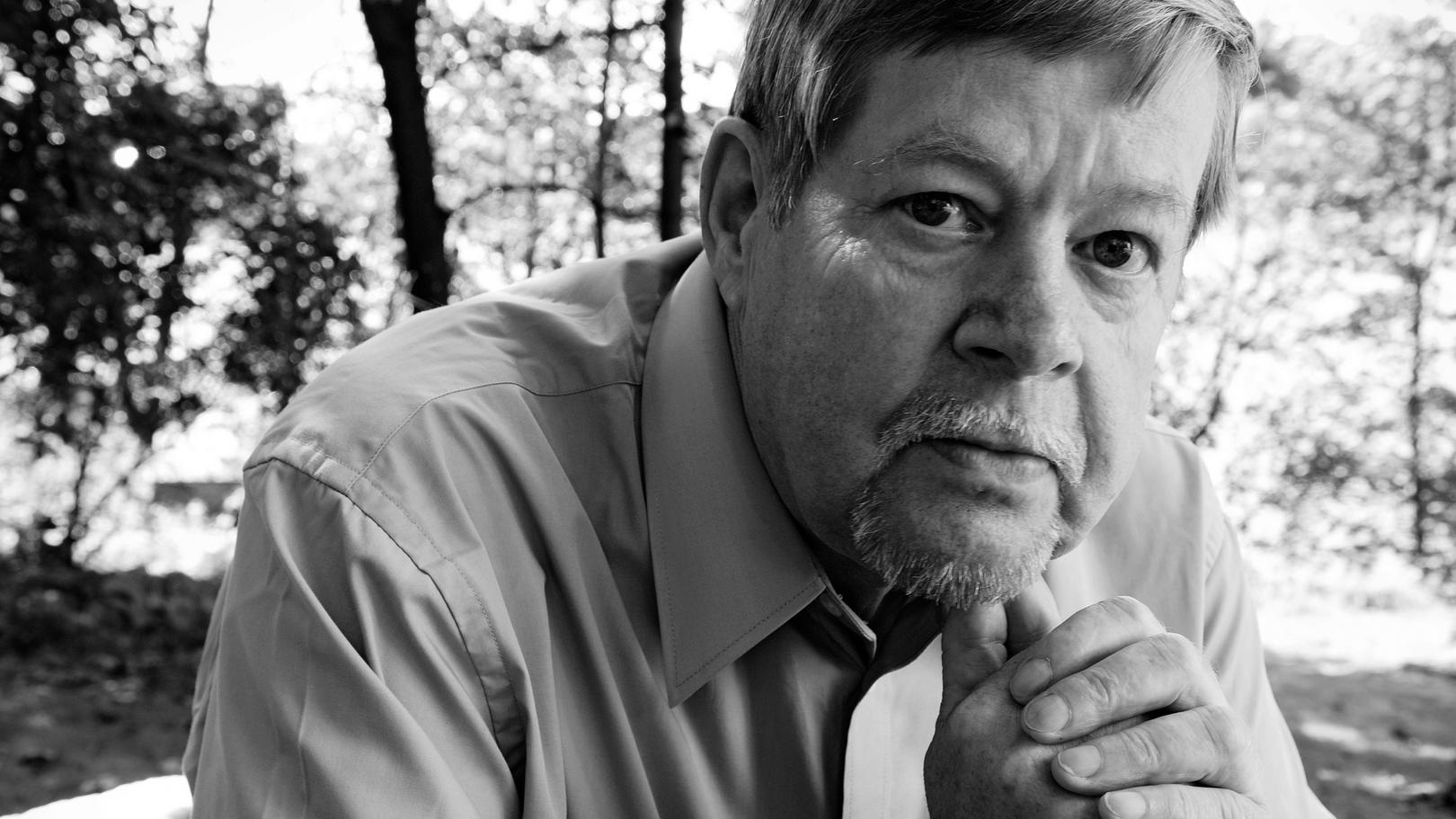About
Arto Paasalinna

Arto Paasilinna was born in 1942 to Väinö and Maija Paasilinna. Väinö, who was a policeman, ran an extremely strict household producing five sons and two daughters who would go on to become published writers, TV personalities, painters and European Members of Parliament. Väinö sadly passed away when Arto was just eight years old, leaving Maija (the daughter of a polar bear hunter) to raise their children herself. Among this literary brood, Arto would become the most well-known internationally, but remained close with his siblings throughout his life, often whiling away long evenings swapping monologues with his brother Erno, who wrote the much-lauded essay collection Loneliness and Defiance.
Arto’s boyhood was traditionally Finnish. At just twelve years old, he started working as a lumberjack on the family ranch and later worked in the forests of Southern Lapland. He recalls the fearsome power of the Finnish thunderstorms, evocative of the Nordic gods, as he spent many nights of his early twenties on duty as a fire watcher high above the canopy of the forests of Lapland. These early experiences of making a living from the land and surviving in the forest stayed with Arto for his entire life, and his entire body of fiction is steeped in the majesty of the wild Finnish landscape.
Much like his best-known character, Vatanen from The Year of the Hare, Arto spent his twenties and early thirties working as a journalist for the Finnish press and magazines. Much of his writing was about the Finnish countryside, and it was here that he picked up his relentless work ethic, honed his writing skills, and developed his characteristic style. But also like Vatanen, Arto found his career in journalism to be ‘superficial and meaningless’. With two novels already under his belt, in 1975 Arto sold his boat, quit his job and wrote The Year of the Hare—a gamble that paid off. The book became a bestseller and launched Arto’s literary career.
Despite his newfound freedom, Arto’s writing process was workmanlike. His son, Petteri Paasilinna, recalls how he would always rise in time for a 9:30am start, blasting away at his typewriter with his aggressive two-finger technique and filling his family home with a cacophony of productivity, writing a chapter or so per day. Then, as part of his editing process, he would have his own children read the new chapters back to him, correcting where necessary. In this way, over the following four decades, Arto would write almost one book a year every year—an incredible output for a single author. Each new novel would be more different than the last, broaching a broad range of subjects. Whether writing about zeppelins, murderous grandmothers, conversations with God, or a broken pact among robbers, there seemed to be no subject to which Arto could not turn his hand.
Every so often one of his books, which often made bestseller lists in Finland and abroad, would strike a particular note with the reading public. Take The Year of the Hare, which achieved cult status in France; or A Charming Mass Suicide, a book that dealt so
empathetically with themes of suicide that Finnish authorities reported a 35% decrease in suicides in 1990—the year that it was published. Arto spent the entire Autumn that year speaking to readers on the phone, all of whom claimed to have been saved by the book.
Across his career, Arto’s profile grew from an author popular in Finland to one able to find an audience across the globe. Though his stories often remain local to Finland, especially its wilderness, readers from France to Sweden and from the UK to China have found a foothold in his wry, satirical depictions of society that are somehow both distinctly Finnish, yet eminently relatable. This has seen his work flourish not only in translation, but also in adaptation, finding a particular audience in the French film industry, which has thrice adapted his works, as well as his native Finland.
Paasilinna wrote twelve nonfiction books and thirty-five novels between 1975 and 2009. Amounting to nearly a book per year, his Finnish publisher is quoted as saying, “The annual Paasilinna is as much an element of the Finnish autumn as falling birch leaves.” He was also awarded numerous literary awards and honors including the Prix Littéraire Air Inter (1989) and the Giuseppe Acerbi Prize (1994).
In 2009, Arto published his final novel, the aptly named Alive at His Own Funeral, and decided to spend the rest of his life writing only for himself. A writer until the end, Arto passed away at the age of 76 in 2018, and continues to be revered for his combination of creative vision, humour, and uplifting portrayals of man’s relationship with nature.



